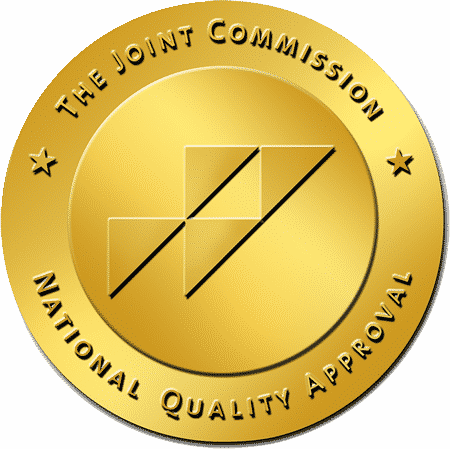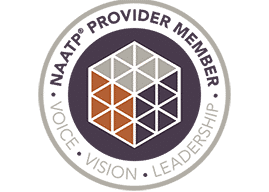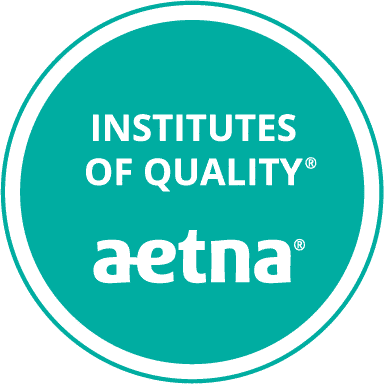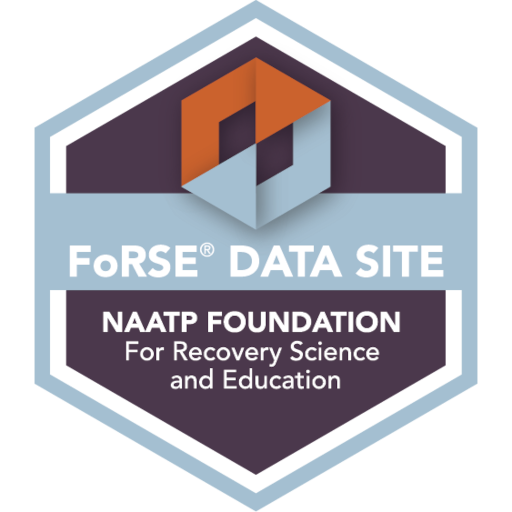Drug abuse is a major societal problem. Every day, people fall victim to the allure of drugs and their ability to destroy lives.
Drug abuse can take many forms, from using prescription medications for non-medical reasons to taking illegal drugs like cocaine and heroin.
In this blog post, we will look at the common drug street names for each category of drugs as classified by the Drug enforcement administration (DEA).
Schedules of Controlled Substances by the Drug Enforcement Administration

The Drug Enforcement Administration is the federal agency responsible for enforcing the Controlled Substances Act (CSA). Passed in 1970, the act provides a framework for regulating controlled substances, including drugs and chemicals.
The DEA is tasked with classifying controlled substances into one of five schedules based on their medical use, potential for abuse, and safety.
The agency can also place drugs into “emergency schedules” if they pose a significant public health threat. In addition to the classification of drugs, the DEA also regulates their manufacture, import, export, and distribution.
Controlled substance scheduling can significantly impact access to medications and research into new treatments.
Schedule I

Schedule I drugs are those the DEA has determined to have a high potential for abuse and no accepted medical use. These include such substances as heroin, LSD, and marijuana.
Because of their high potential for abuse, Schedule I drugs are subject to strict controls and regulations. Only a limited number of research facilities can possess these substances, and the DEA must approve all research.
Schedule I drugs are not available for prescription or over-the-counter use. As a result, these substances can only be obtained through illegal channels.
Schedule II
Drugs classified as Schedule II have a high potential for developing drug abuse. They often lead to severe physical or psychological dependence.
However, these substances also have an accepted medical use and can be prescribed by a licensed physician.
Examples of Schedule II drugs include:
- Cocaine
- Vicodin
- OxyContin
- Percocet
- Adderall
- Ritalin
Schedule III
Schedule III drugs have a lower potential for abuse than Schedule I or II substances and can be prescribed by a licensed physician.
These drugs also have an accepted medical use but may cause low to moderate physical dependence or high psychological dependence.
Schedule III drugs include:
- Tylenol with Codeine
- Ketamine
- Anabolic Steroids
- Testosterone
Schedule IV
Schedule IV drugs are those that have been determined to have a low potential for abuse and are available by prescription. This classification is given to drugs with a limited potential for abuse and dependence, as well as those with a lower risk of causing serious adverse effects.
Some Schedule IV drugs include benzodiazepines, sleep aids, and anticonvulsants. While these drugs have the potential for abuse, they are typically only abused when taken in large quantities or combined with other substances.
However, Schedule IV drugs are safe and effective when used as prescribed. As such, they play an important role in treating various medical conditions.
Schedule V
Schedule V drugs have the lowest potential for abuse and are available in some states over-the-counter or by prescription.
These substances are typically used for medicinal purposes and have a limited potential for abuse.
Schedule V drugs include:
- Robitussin AC
- Lyrica
- Lomotil
- Parepectolin
This does not mean that these drugs cannot be abused, but they typically have a lower risk of causing dependence or serious adverse effects.
Schedule V drugs are also subject to less stringent controls than other controlled substances.
A Comprehensive List of Street Names for Drugs and Substances
1. Alcohol

Alcohol is one of the most common drugs abused in the world. It’s legal and easily accessible, which makes it more dangerous.
Alcohol abuse can lead to several problems, including liver damage, brain damage, and death. The effects of alcohol abuse are far-reaching and can devastate an individual’s health, family, and career.
common street names for alcoholic beverages:
- Vino
- Hooch
- Suds
- Juice
- Sauce
- Rotgut
2. Ayahuasca
Ayahuasca is a plant-based drug used for ceremonial and spiritual purposes by indigenous people in the Amazon Basin. The drug is known for its powerful hallucinogenic effects, lasting several hours.
Ayahuasca use has been linked to mental health issues like anxiety and depression. It can also cause vomiting, diarrhea, and high blood pressure.
Drug street names for Ayahuasca:
- Yage
- La Purga
- The Tea
- Aya
- Hoasca
3. Cannabis
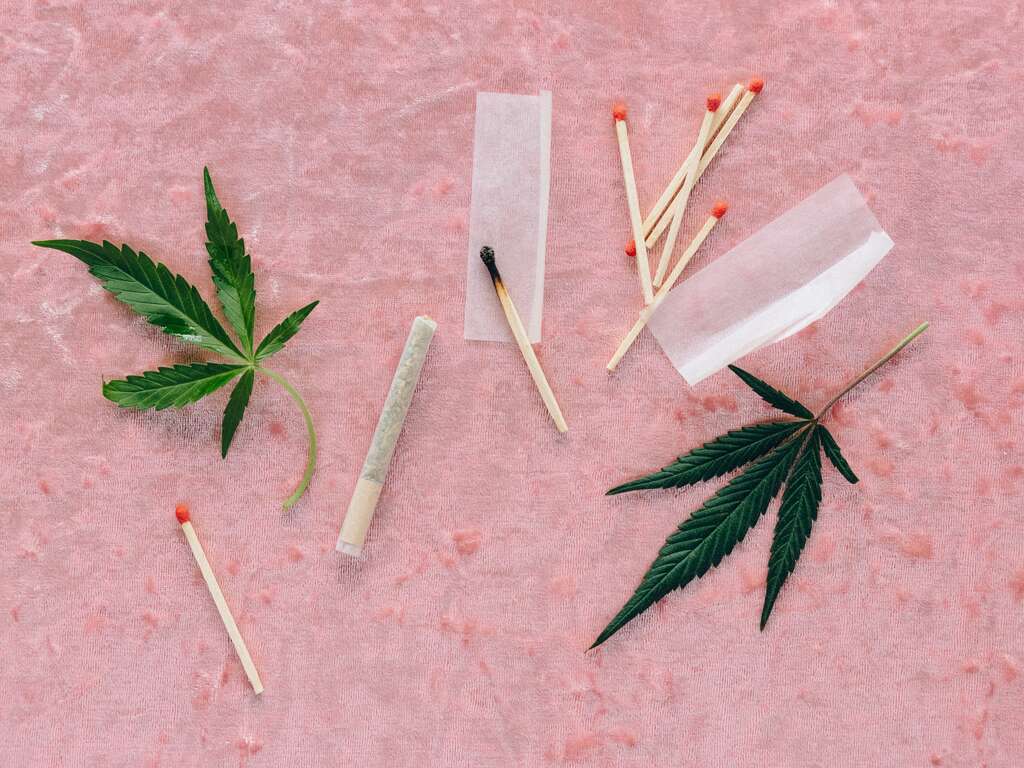
Cannabis, also known as marijuana, is a psychoactive drug made from the cannabis plant. It’s the most abused substance globally and is often used for medicinal purposes.
Cannabis use can cause short-term effects like impaired memory and coordination, anxiety, and paranoia. It is typically smoked as marijuana cigarettes or joints. Long-term effects of marijuana use include lung damage, brain damage, and mental health problems.
Common Drug Street Names for Cannabis:
- Weed
- Pot
- Grass
- Dope
- Reefer
- Mary Jane
- Ganja
- Doobie
4. Cocaine

Cocaine is a powerfully addictive stimulant drug made from the coca plant leaves. It’s most commonly snorted but can also be injected or smoked.
Cocaine increases heart rate and blood pressure, which can lead to a heart attack, stroke, or seizure. It also increases alertness, feelings of well-being, and euphoria.
However, these effects are short-lived and followed by an intense “crash” that leaves the user tired and depressed. Over time, cocaine use can lead to serious health problems, including heart disease, liver damage, digestive problems, and mental health issues.
Cocaine street names:
- Snowflake
- Blow
- Coca
- Perico
- PowderNose
- Candy
- Rock
- French Fries
5. Gamma-hydroxybutyrate (GHB)
GHB are prescription drugs that are only legal for medical use. However, they are often used illegally. GHB use can cause vomiting, unconsciousness, seizures, and coma. It can also lead to death.
Date Rape Drug
GHB is a central nervous system depressant often used as a date rape drug due to its ability to disinhibit and incapacitate victims. It’s also used as a party drug because of its intoxicating effects.
It is also known as:
- Grievous bodily harm
- Liquid ecstasy
- Georgia home boy
- Easy lay
- Date rape drug
6. Hallucinogens
Hallucinogens are a broad class of drugs that cause changes in perception, mood, and behavior. They can be natural or synthetic and include psychedelics like LSD and MDMA (ecstasy).
While the effects of these drugs vary depending on the individual, they typically result in heightened senses, altered states of consciousness, and visual or auditory hallucinations.
In some cases, users may also experience euphoria or spiritual insights. However, hallucinogens can also cause anxiety and paranoia, and there is a risk of developing long-term mental health problems with repeated use.
Hallucinogenic street names for drugs:
- Acid
- Blotter
- Boomers
- Cid
- Dots
- Droppers
- Flashbacks
- Hits
- Trips
7. Heroin
Heroin is an illegal, highly addictive opioid drug made from the opium poppy plant. It’s typically injected, smoked, or snorted, and its effects can last several hours.
Heroin use causes a “rush” of pleasure followed by drowsiness and slowed breathing. Over time, regular use can lead to the collapse of the respiratory system and death.
The long-term effects of heroin use include liver and kidney damage, abscesses, and infections. It can also lead to mental health issues like anxiety, depression, and insomnia.
Heroin is known in the streets as:
- H
- Smack
- Dope
- China white
- Brown sugar
- Tar
- Hell dust
8. Inhalants
Inhalants are a broad category of household and industrial chemicals that are sniffed or huffed to produce mind-altering effects. They include solvents, aerosolized sprays, gasses, and nitrites.
Drug users who inhale chemicals can experience a range of short and long-term effects depending on the substance. These effects can include dizziness, slurred speech, confusion, loss of coordination, and impaired judgment.
Common drug street names for Inhalants:
- Whippets
- Poor man’s pot
- Moon gas
- Hippie crack
- Rush
9. Ketamine
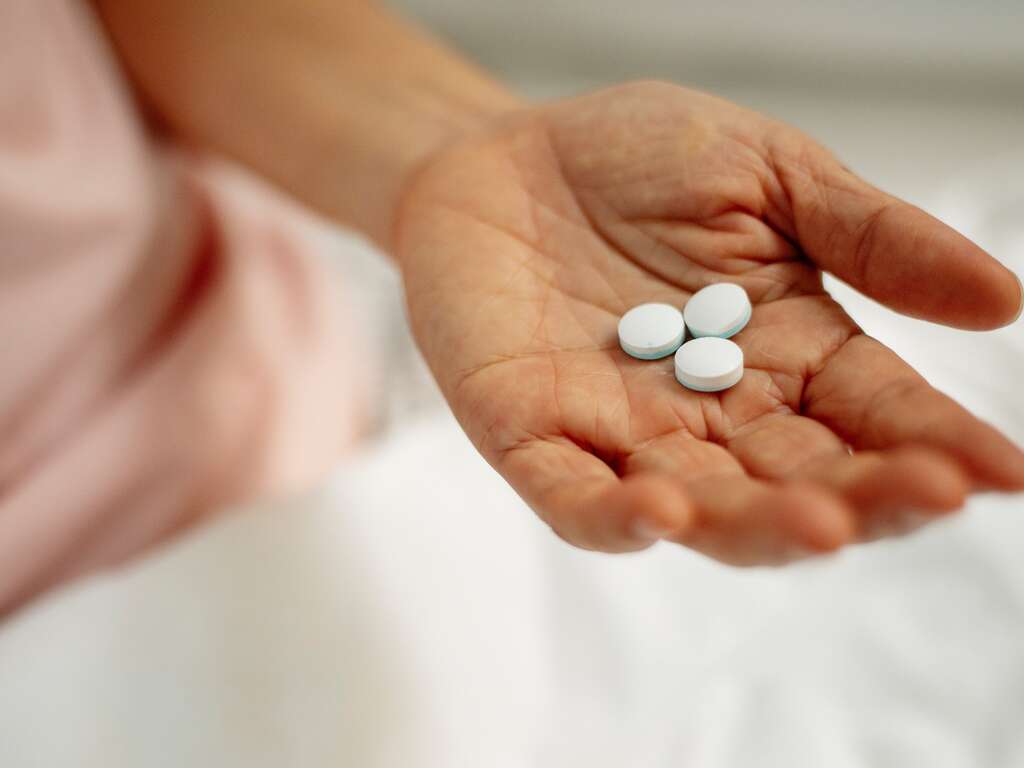
A dissociative drug, ketamine is used as an anesthetic for both humans and animals. It’s also abused recreationally for its hallucinogenic and dissociative effects.
When taken in large doses, ketamine can cause users to feel out of touch with reality and experience powerful hallucinations.
In addition, the drug can cause users to feel detached from their bodies as if they are floating outside themselves. These effects can be highly disorienting and can lead to accidents or injuries.
Ketamine drug street names are:
- Special K
- Cat valium
- Kit kat
- K
- K-hole
- Purple drank
10. Khat
Khat is a plant that grows in East Africa and the Arabian Peninsula. The leaves of the plant are chewed for their stimulant effects.
The shrub contains cathinone, a substance that has an amphetamine-like effect, and chewing khat leaves produces euphoria, increased alertness, and talkativeness.
Khat use has been associated with an increased risk of anxiety, cardiovascular problems, and gastrointestinal issues. Some studies have also linked khat use to psychiatric disorders such as schizophrenia.
slang terms for khat include:
- African salad
- Catha
- Oat
- Miraa
- Qat
- Abyssinian Tea
11. Kratom
Kratom is a tropical tree that is native to Southeast Asia. Traditionally, kratom leaves were chewed or brewed as a tea to produce a wide range of effects, including mild stimulation, relaxation, and well-being.
Kratom is also sometimes used as a dietary supplement or herbal remedy for anxiety, depression, and other conditions. But kratom can also cause serious side effects, including seizures, liver damage, and death.
Street Names for Kratom:
- Thang
- Kakuam
- Thom
- Biak
- Ketum
- Herbal Speedball
12. LSD
LSD is a powerful psychedelic drug that can produce delusions and hallucinations.
The experience of taking LSD is often described as a “trip,” during which users may see colorful patterns and geometric shapes, hear sounds that don’t exist, and feel a sense of euphoria.
The effects of LSD are unpredictable and can vary depending on the person’s mood, expectations, and environment. Some people report having positive experiences with LSD, while others find the drug overwhelming and unpleasant.
Drug street names for LSD include:
- Acid
- Blotter Acid
- Boomers
- Blue Heaven
- Mellow Yellow
- Yellow Sunshine
- Lucy Mae
- Sugar Cubes
13. MDMA
MDMA is a synthetic drug that has stimulant and hallucinogenic effects. It’s also known as ecstasy or molly.
MDMA is often used as a party drug because it can produce feelings of energy, pleasure, and emotional closeness. However, the drug can also cause adverse side effects like anxiety, paranoia, and depression.
In high doses, MDMA can lead to overheating and dehydration, which can be dangerous or even life-threatening.
drug street names for MDMA include:
- Adams
- Beans
- Hug Drug
- Disco Biscuit
- Lover’s Speed
- STP
- X
14. Mescaline
Mescaline is a psychedelic drug derived from the peyote cactus. It has been used for centuries by indigenous people in North and South America for religious and ceremonial purposes.
Mescaline causes profound changes in consciousness, including hallucinations and altered states of perception. The effects of the drug vary depending on the dose but can last up to 12 hours.
Drug users usually consume mescaline by eating peyote cactus or soaking it in water to make a potent drink. Mescaline can also be produced synthetically in a laboratory.
street names for mescaline include:
- Buttons
- Mesc
- Peyote
- Moon
- Cactus
- Blue Caps
15. Methamphetamine
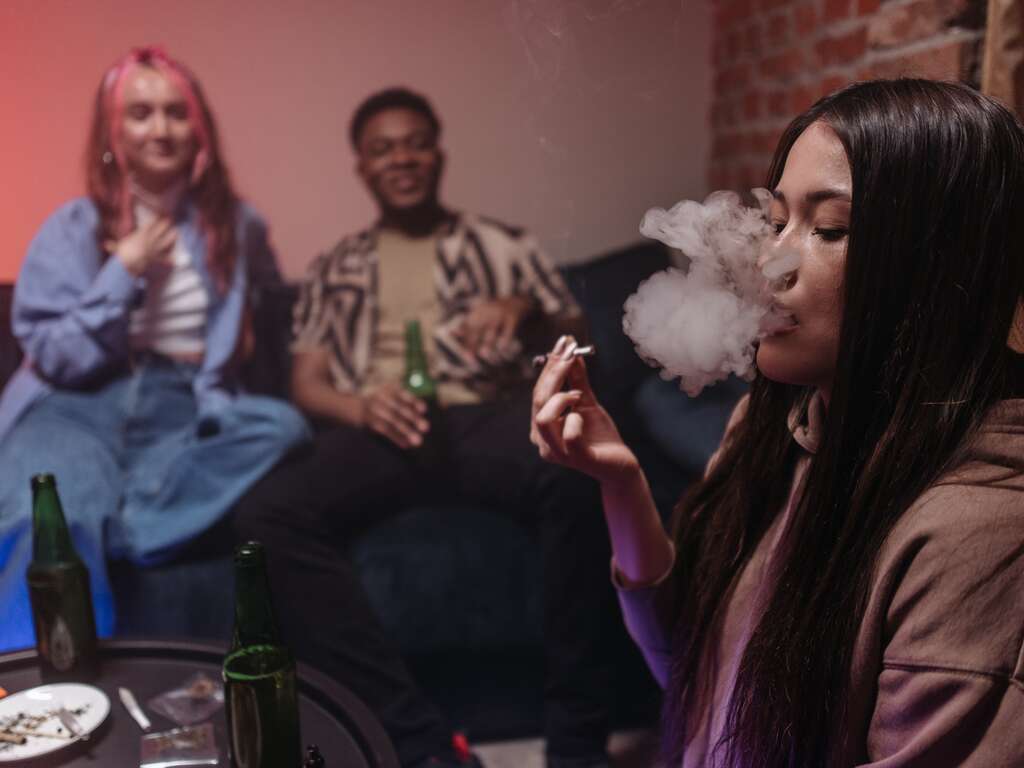
Popularly known as crystal meth, Methamphetamine is a powerful and addictive stimulant that affects the central nervous system. The drug is usually a white, bitter-tasting powder or a pill. Crystal meth is a drug that looks like fragments of glass or shiny blue-white “rocks.”
In the past, Desoxyn, methamphetamine hydrochloride, was used to treat attention deficit hyperactivity disorder (ADHD) and obesity. However, because of the high potential for abuse, Desoxyn is now only used medically in extremely rare cases.
Methamphetamine can be swallowed, inhaled, injected, or smoked. The effects of methamphetamine include increased alertness, decreased appetite, and a sense of euphoria.
slang names for methamphetamine:
- Crank
- Crystal
- Wash
- Trash
- Gak
- Ice
- Speed
16. Over-the-Counter (OTC) Drugs
Over-the-counter (OTC) drugs can be sold without a prescription from a healthcare professional. They are safe and effective when used as directed.
However, OTC drugs can also be abused, and some can lead to dependence or addiction. The most abused OTC drugs include cough and cold medicines, diet pills, and laxatives. The danger of OTC drugs lies in their availability. Many can be bought at convenience stores or grocery stores.
Loperamide and Dextromethorphan are two common ingredients in OTC drugs that are abused. Loperamide is an anti-diarrheal drug that can cause euphoria in high doses. Dextromethorphan is an ingredient in cough syrup that can cause hallucinations, an altered sense, and delusions when taken in large amounts.
In addition to their brand names, OTC Drug slang Includes:
- Skittling
- Robo-tripping
- The Poor Man’s Methadone
17. PCP
PCP is a dissociative anesthetic that was first developed in the 1950s. It was initially intended as an intravenous anesthetic but was never approved for human use due to its psychoactive and hallucinogenic effects.
PCP is a powerful drug that can cause anesthesia, paralysis, and delusions. It can also cause psychotic symptoms such as hallucinations, paranoia, and aggression. In high doses, PCP can be fatal.
PCP drug use can also lead to long-term mental health problems.
Street names for PCP include:
- Angel Dust
- Embalming Fluid
- Wack
- Ozone
- Rocket Fuel
18. Prescription Opioids
Prescription drugs like opioids are powerful painkillers that doctors can prescribe. They include drugs like Oxycodone, Hydrocodone, and Morphine.
While these prescription drugs can treat pain effectively, they can also be abused. When taken in high doses or recreationally, prescription opioids can cause delusions, hallucinations, and impaired judgment.
Prescription opioids can also be addictive, and users can develop a tolerance to the drugs, requiring larger and larger doses to achieve the desired effect.
Street names for prescription opioids:
- Percs
- Cotton
- Hillbilly Heroin
- Ox or Oxy
- Oxycotton
- Rims
- 30s
- Chill Pills
19. Prescription Stimulants
Prescription stimulants are drugs used to treat conditions like attention deficit hyperactivity disorder (ADHD) and narcolepsy. They include drugs like Adderall, Ritalin, and Concerta.
Abusing drugs like Adderall can lead to increased alertness, decreased appetite, euphoria, and a sense of well-being. However, abuse of these drugs can also lead to anxiety, paranoia, and aggressive behavior.
Additionally, prescription stimulants taken in large doses can cause heart problems, strokes, and even death.
Drug slang names for prescription stimulants:
- Uppers
- Speed
- Bennies
- Black Beauties
- Smart Drug Vitamin
- Skippy
20. Psilocybin
Psilocybin is a naturally-occurring psychedelic compound found in certain mushrooms. It has been used for centuries in religious and spiritual rituals and is now being studied for its potential therapeutic benefits.
Psilocybin affects the brain by binding to serotonin receptors, causing changes in perception, thought, and emotion. It can induce mystical experiences or spiritual awakenings and has been shown to reduce anxiety, depression, and addiction.
However, people using it recreationally can experience bad trips characterized by anxiety, paranoia, and delusions.
Mushrooms are used by swallowing, eating, or brewing them into tea.
Street names and Drug Slang for Psilocybin:
- Shrooms
- Magic mushrooms
- Purple Passion
- Mushies
- Tweezers
- Liberty Caps
21. Rohypnol
Rohypnol is a powerful sedative often used as a date rape drug. It is odorless and colorless, so it can be added to drinks without being detected.
When consumed, Rohypnol causes drowsiness, impaired coordination, and memory loss. In high doses, it can cause unconsciousness.
Rohypnol can also cause amnesia, meaning that victims may be unable to remember what happened to them while under the drug’s influence. Because of these effects, Rohypnol is particularly dangerous when used without a person’s consent.
These pills are swallowed, crushed, snorted, or dissolved in a drink.
Street names for Rohypnol include:
- Forget me pill
- Circles
- Mexican Valium
- Lunch Money Drug
- Roofies
- Wolfies
22. Salvia
Salvia is a powerful psychedelic drug legal in many parts of the world. It is derived from the salvia divinorum plant and can be consumed by chewing, smoking, or drinking it as a tea.
Salvia affects the brain by interacting with the kappa opioid receptor. This can cause changes in emotions, thoughts, and perceptions. Additionally, it has been known to induce mystical experiences or spiritual awakenings.
While there are not enough studies to know the full extent of the risks associated with salvia, it is known that it can cause anxiety, paranoia, and delusions.
Salvia is also known as:
- Sally D
- Seer’s Sage
- Maria Pastora
- Diviner’s Sage
- Ska Pastora
- Magic Mint
23. Steroids
Steroids are a type of drug that mimic the effects of the hormone testosterone. Athletes and bodybuilders often use them to increase muscle mass and strength.
People who abuse anabolic steroids can experience various side effects, including liver damage, high blood pressure, and aggressive behavior. Additionally, men may experience shrinking testicles and breast tissue, while women may experience a deepening of the voice and growth of facial hair.
Steroids can be injected or taken orally.
Street names for steroids include:
- Arnolds
- Gym Candy
- Stackers
- Roids
- Weight trainers
24. Synthetic Cannabinoids
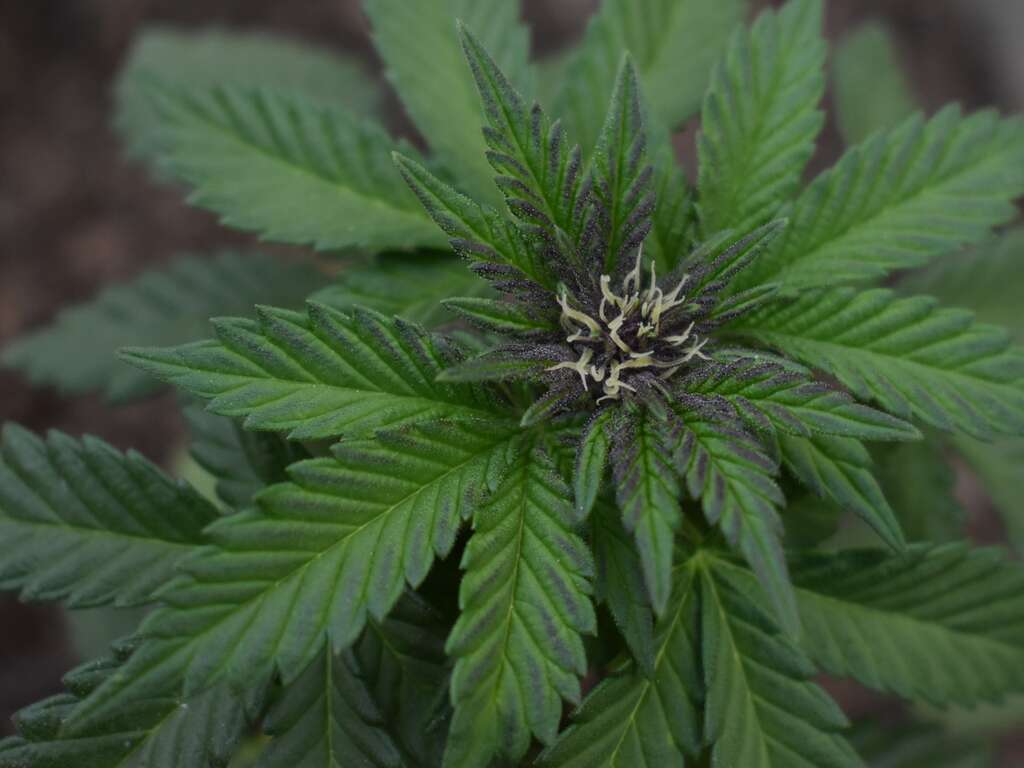
Synthetic marijuana, or Spice, is a drug designed to mimic the effects of THC, the active ingredient in marijuana. However, because it is created in a laboratory, it can be much more potent and dangerous than natural marijuana.
Synthetic cannabinoids affect the brain by binding to the same receptors as THC. This can cause similar effects as marijuana, including altered perception, mood, and behavior.
However, because it is more potent than marijuana, it can cause psychosis, anxiety, and paranoia. In some cases, it has been linked to death.
Synthetic cannabinoids are often sold as liquids that can be smoked in e-cigarettes or vaporizers. They can also be brewed as tea.
Street names for synthetic cannabinoids:
- Spice
- Dream
- K2
- Ninja
- Zohai
- Mr. Nice Guy
- Serenity
25. Synthetic Cathinones
Synthetic cathinones, also known as “bath salts,” are psychoactive drugs that mimic the effects of cocaine and methamphetamine.
These drugs are typically sold in powder or pill form and are often inhaled, injected, or smoked. Bath salts are highly addictive and can cause various health problems, including seizures, hallucinations, extreme paranoia, and violent behavior.
In some cases, users have even been known to experience “excited delirium,” a condition marked by hyperthermia, superhuman strength, and agitated hysteria.
Because of the powerful effects of bath salts, they are classified as Schedule I Controlled Substances in the United States. It is illegal to manufacture, distribute, or possess these drugs.
Bath salts are also Called:
- Flakka
- Meow Meow
- Ocean Burst
- Super Coke
- Snow Leopard
- Explosion
- Energy-9
26. Tobacco

Tobacco is a plant that contains the psychoactive substance nicotine. Nicotine is a stimulant that can have both positive and negative effects on the brain.
In small doses, it can improve task performance and alertness. However, larger quantities can cause anxiety, irritability, and restlessness.
Some people use tobacco for its stimulant effects, but it can be addictive and harmful to overall health.
Tobacco smoke contains hundreds of chemicals that are harmful to both smokers and nonsmokers. These chemicals increase the risk of cancer, lung disease, heart disease, and many other health problems.
Slangs for tobacco Products:
- Butts
- Cigars
- Ciggies
- Rollies
- Smokes
La Hacienda Helps People Struggling with Drug Abuse

If you have a loved one struggling with drug abuse or substance use disorders, it is essential to get them help as soon as possible. Drug abuse can lead to serious problems, including organ damage, mental health issues, and even death.
La Hacienda has programs for adults and young adults 21 and older. We treat the physical, mental, emotional, and spiritual aspects of the disease.
If you suspect your loved one is abusing drugs, don’t hesitate to seek help from La Hacienda or a trusted medical or mental health professional. Getting help can make all the difference.
Signs Someone is Abusing Drugs
- Changes in appearance, mood, or behavior
- Withdrawal from friends and family
- Decreased interest in activities that used to be important
- Problems at work or school
- Financial trouble
- Legal problems
- Secretive or suspicious behavior
If you notice any of these signs, it’s important to talk to your loved one about their drug use. This can be a difficult conversation but getting them help is vital if they’re struggling with addiction.
Treatment may not be easy, but it is often necessary to help someone to recover from addiction. Many people get back on their feet and live a healthy lifestyle without drugs after treatment.
